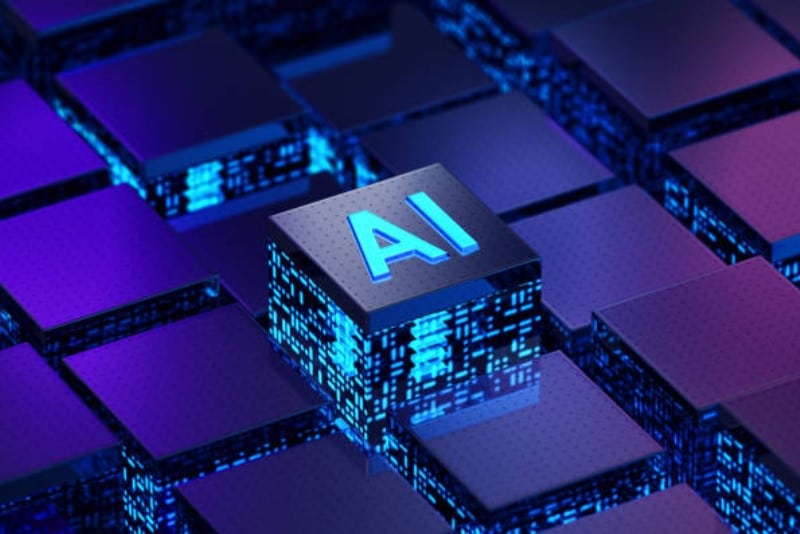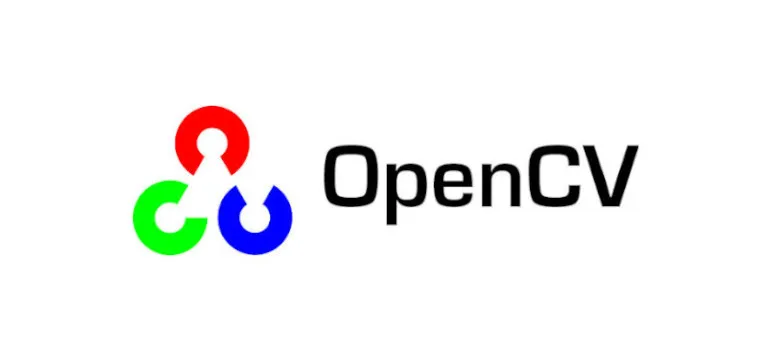OpenCV is an open-source library considered the standard tool for Computer Vision and Image Processing. Discover everything you need to know about this essential tool in Deep Learning.
Over the past few years, significant progress has been made in the field of AI. However, these advancements primarily pertain to Deep Learning, Computer Vision, and Image Processing.
This technology is at the core of significant innovations such as autonomous vehicles, robotics, or augmented reality.
It is also used for automated image reading, face and shape detection, and text recognition.
Image processing involves analyzing and manipulating digital images, especially to enhance their quality or make modifications.
This technique is notably used by photo editing applications. The objective can also be to analyze images to extract information, similar to how statistical or textual data is analyzed.
Today, there is a tool considered the standard for image processing and computer vision: OpenCV. This software library is used by leading companies worldwide to develop Computer Vision and Deep Learning applications.
What is OpenCV?
Initially developed by Intel Research, OpenCV was designed to enable the advancement of computationally-intensive applications that make intensive use of CPU resources.

One of Intel’s researchers noticed that several prominent institutions, such as the MIT Media Lab, were using in-house computer vision infrastructures to accelerate their development work. Students shared code among themselves to avoid reinventing basic functions from scratch.
Intel’s team’s goal was to facilitate the development of commercial Computer Vision applications by providing a common and open infrastructure accessible to all. This is how OpenCV (Open Source Computer Vision) came into existence.
It is a free and open-source software library dedicated to real-time image processing. This tool has been available for free since the year 2000, initially under the BSD license and later under the Apache 2 license.
For all Computer Vision tasks, OpenCV has become a standard. It remains extremely popular in 2022, with over 29,000 weekly downloads.
Written in C and C++, OpenCV is compatible with major operating systems such as GNU/Linux, macOS, Windows, iOS, and Android. There are interfaces for Python, Ruby, Matlab, and other languages.
The OpenCV library includes more than 2500 algorithms, extensive documentation, and code samples for real-time Computer Vision. It contains a comprehensive Machine Learning library focused on statistical pattern recognition and clustering.
The software is written in optimized C and can take advantage of multi-core processors. This is known as multithreading.
Since 2011, OpenCV has provided functionality for NVIDIA CUDA and GPU (graphics card) hardware acceleration and for OpenCL (Open Computing Language). The GPU module allows you to control how data is transferred between CPU and GPU memory.
This tool is designed to offer maximum efficiency and performance for the most intensive computer vision tasks. It is focused on real-time AI vision applications and delivers over 500 functions to aid in their development.

What's OpenCV for?
OpenCV is used by many applications, products, and research projects. It is often utilized for product inspection in factories, automated medical image analysis, security video surveillance, human-machine interfaces, and robotic vision.
Among its use cases, it is also used for satellite mapping and autonomous vehicles. Its image processing capabilities enable tasks such as video stream processing, image stitching, or camera calibration.
This library is employed by major companies such as Google, Toyota, IBM, Microsoft, Sony, Siemens, and Facebook. Many startups also use it to create their Computer Vision solutions. Additionally, it is utilized by research institutions including Stanford, MIT, INRIA, Cambridge, and CMU.
To learn how to use OpenCV, DataScientest is the place to be. Our training programs enable you to master Python programming and learn Deep Learning and Computer Vision techniques and tools.
You now have all the information about OpenCV. For more details on the subject, explore our comprehensive guides on Computer Vision and Deep Learning.










